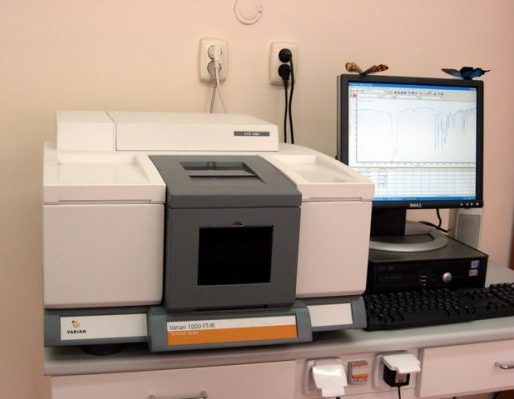
See more posts about EIS and polarization tests
Only 10$ per sample for interpreting of your polarization and EIS results
Payment Upon Completion
Send your polarization/EIS results...
The corrosion mechanism taking place in an aqueous phase with or without mechanical contact is electrochemical in nature. The electrochemical signal is one of the primary sources of info...
Read more








